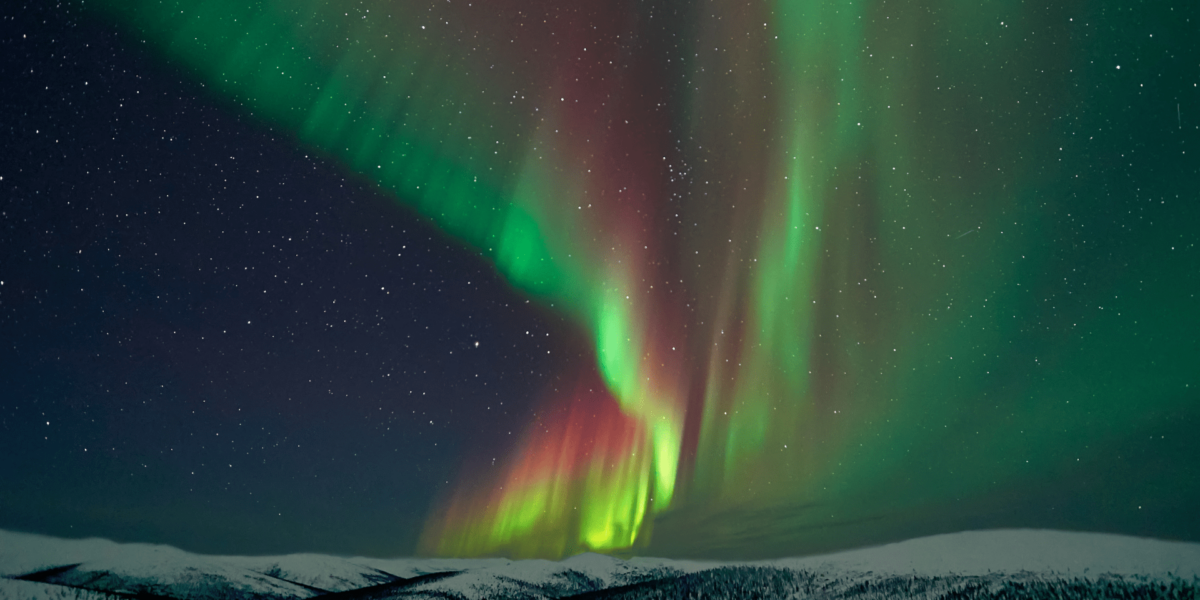
Right Place, Right Time | Elusive Natural Events in the U.S.
After years of crafting journeys to match the intrepid spirit of our clients, we’ve learned a little about getting people in the right place at the right time. This includes some of the most elusive and evanescent natural events that take place for only a fleeting moment each year. From hiking mountain paths flanked by wildflower super blooms or witnessing turtle hatchlings take their first journey to the sea, to watching the Aurora Borealis light up the sky over Alaska or catching a celestial equinox alignment at sunrise in the desert of New Mexico, this curated selection is for the highly curious, those travelers seeking experiences that transcend the ordinary.
Take In a Wildflower Super Bloom
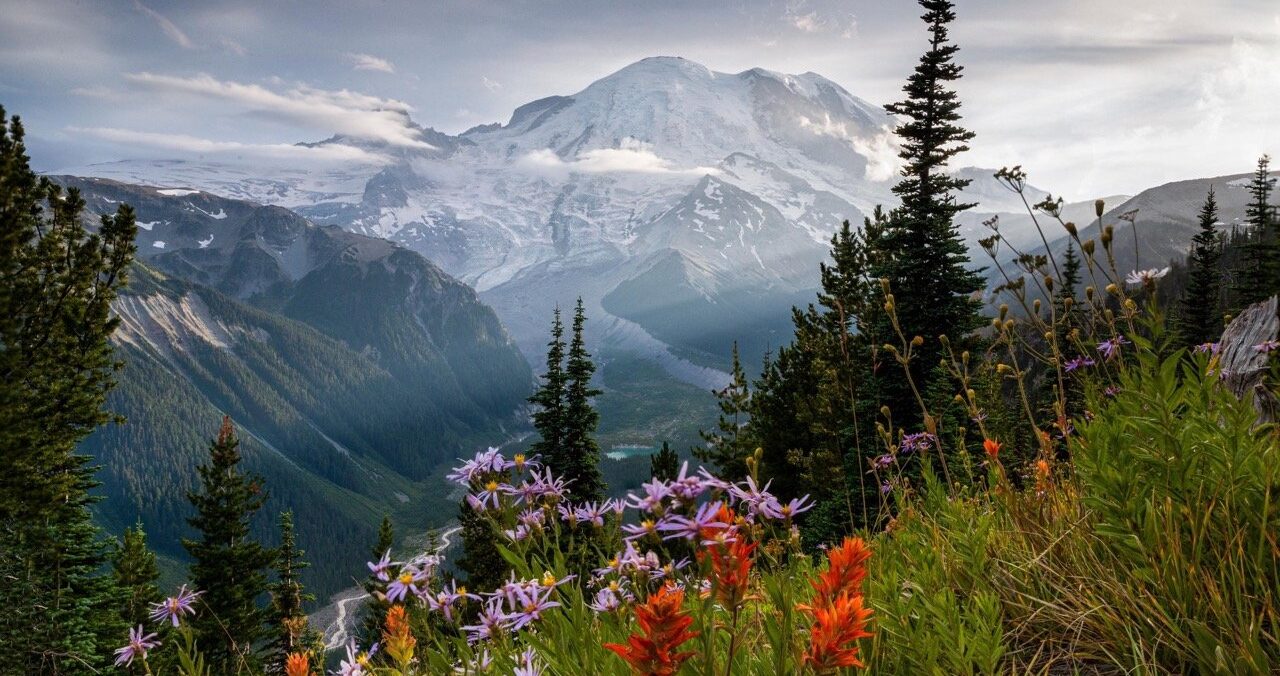
National Park: Mount Rainier National Park
State: Washington
Dates: Mid-July Through Mid-August
Mount Rainier, a dormant volcano known for its abundant winter snowfall, has valleys laden with volcanic ash. Each spring, this landscape provides a spectacular display of thousands of blooming wildflower blossoms as far as the eye can see. During this time, the Paradise region – named in the 1800s by being described as a “literal paradise”- overflows with seas of avalanche and glacier lilies, asters, columbine, lupine, paintbrush and phlox along the mountain’s southern slope. The peak bloom is dependent on the weather and can differ each season, but flowers are blooming typically by mid-July.
Itinerary Inspiration: Seattle to San Francisco: The Great Pacific Road Trip
Experience The Dance of Synchronous Fireflies
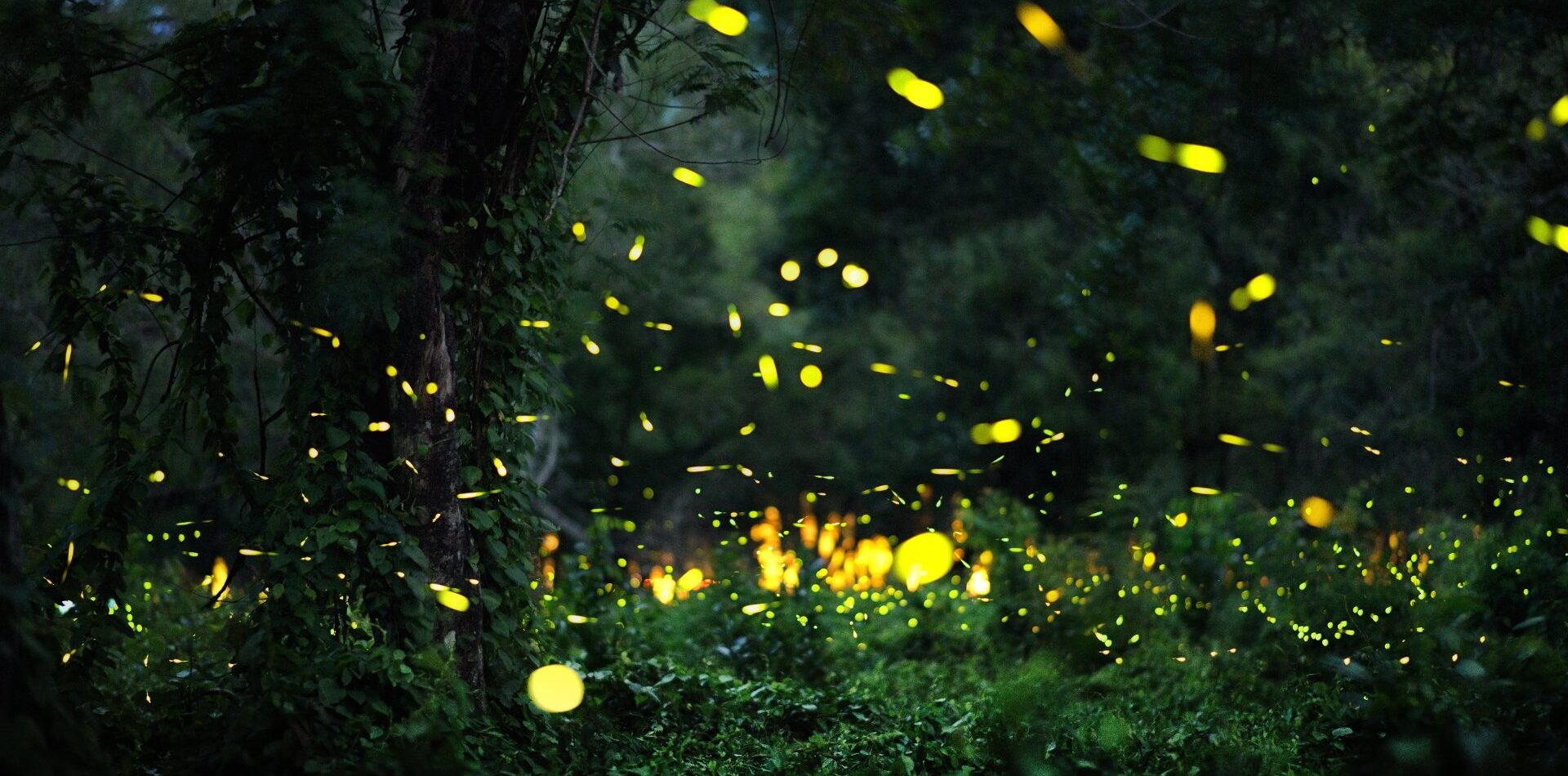
National Park: Congaree National Park
State: South Carolina
Dates: Mid-May Through Mid-June
With over 2,000 species found worldwide, fireflies are a marvel of nature’s diversity and evoke a deep sense of nostalgia for those warm summer nights in the American South. Although in North America, there are only three species known to perform the phenomenon of synchronous flashing.
Congaree National Park, nestled in the hardwood forests of South Carolina, becomes a temporary home to these glimmering fireflies each year. For approximately two weeks, from mid-May to mid-June, the park comes alive with the dance of synchronized flashes. It’s a truly magical sight as they light up the night sky in search of a mate. In order to protect critical firefly habitat, entrance to the park is extremely limited during this event. All Roads North can assist with the lottery as part of the planning process.
Itinerary Inspiration: Charleston, Savannah and the Golden Isles
Witness The Fire Falls of Yosemite

National Park: Yosemite National Park
State: California
Dates: Late February
The “firefall” in Yosemite is a surreal natural phenomenon that occurs at Horsetail Fall, a seasonal waterfall cascading down the eastern edge of El Capitan in Yosemite National Park. Each year in mid to late February, the setting sun aligns perfectly to bathe the waterfall in a fiery glow, transforming it into a cascade of orange and red light, as if molten lava were literally pouring down the granite cliff. For the extraordinary sight to unfold, several conditions must align: crystal clear skies, sufficient amounts of flowing water from rainfall, and the sun must dip precisely at the right angle. When all of this falls into place, the “firefall” creates a stunning spectacle that draws photographers from around the globe.
Itinerary Inspiration: Stunning Yosemite and Sequoia National Parks
Watch Hatchlings Make Their Way to the Sea
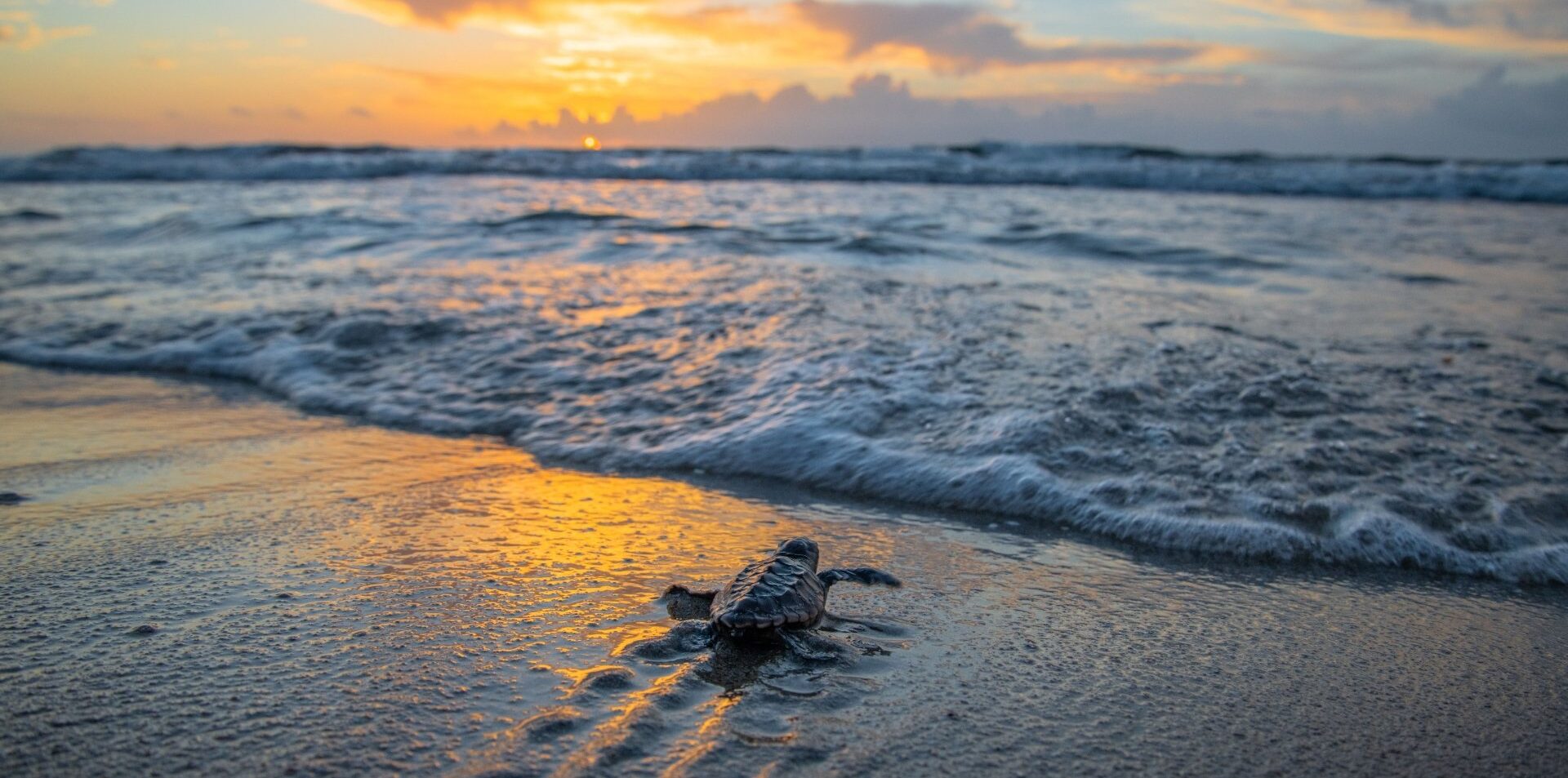
National Parks: Canaveral National Seashore, Florida; Padre Island National Seashore, Texas
State: Florida, Texas
Dates: Mid-June Through August
For animal and nature enthusiasts, witnessing a sea turtle hatch is a truly unforgettable experience. Canaveral National Seashore, a diverse coastal wildlife sanctuary on the east coast of Florida, is one of the best places to watch and volunteer with sea turtle hatchlings. The area provides vital nesting grounds for several threatened and endangered sea turtle species, including the critically endangered Kemp’s Ridley Sea Turtle. Park staff take an active role in monitoring and protecting sea turtles and their hatchlings, which are vulnerable to raccoons, birds and other predators, and All Roads North can arrange for clients to make a difference by joining night watches during June and July. These volunteer opportunities offer a prime chance to see hatchlings emerging and making their way to the ocean, while helping from a distance to ward off danger.
Itinerary Inspiration: Going Wild in West Texas – A Private Ranch Road Trip
See The Carlsbad Bats in Flight
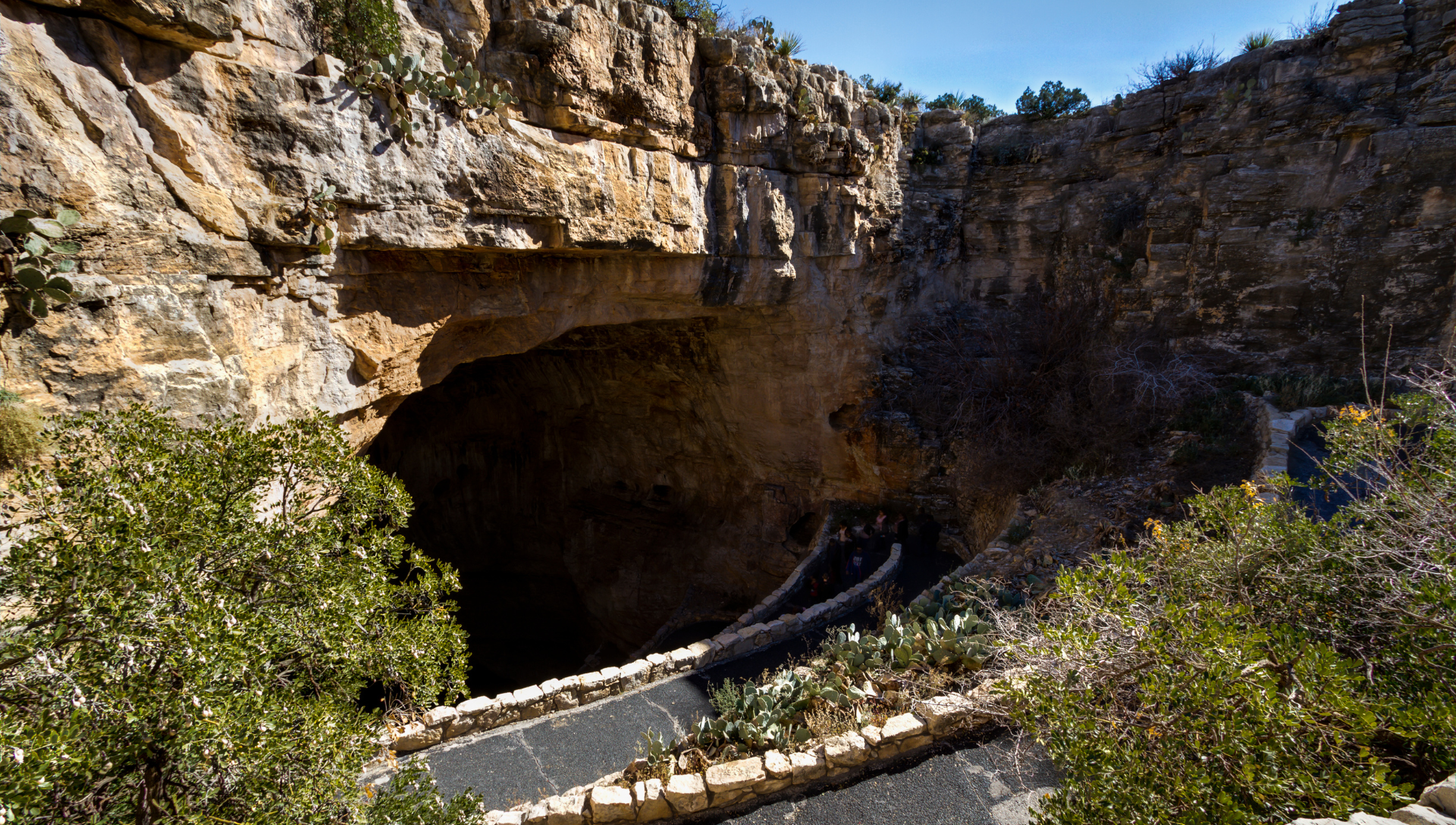
National Park: Carlsbad Caverns National Park
State: New Mexico
Dates: Nightly, May Through October
During the warmer months, Carlsbad Caverns becomes a significant roosting site for a colony of 400,000 Brazilian free-tailed bats. These bats migrate to the caverns in the spring, usually arriving in April or May, and stay until late October. With temperatures hovering around 56 F all year long, the caverns provide a perfect temporary home for them, offering stable temperatures and high humidity levels. Every evening, they emerge in a mass cloud from the cave, to fly off into the night to scavenge for food, and every morning, the same camp of bats come home to roost.
Itinerary Inspiration: Back to the Future in New Mexico
Paddle Through Bioluminescent Waters
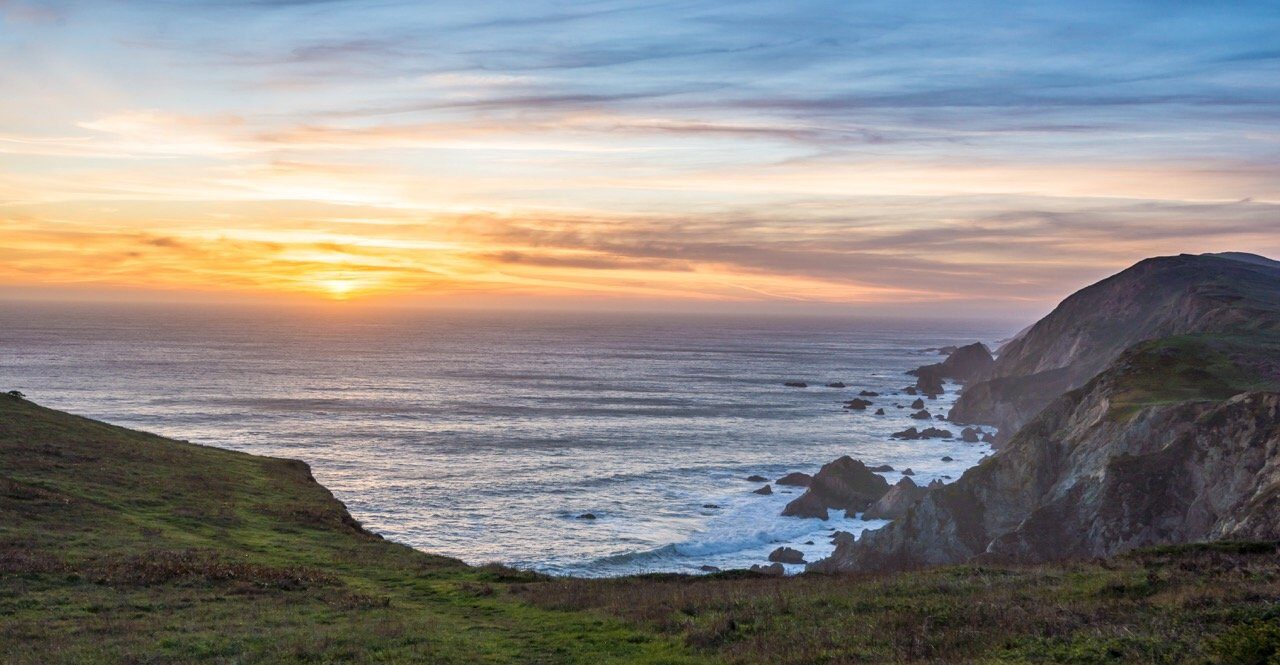
National Park: Point Reyes National Seashore
State: California
Dates: June Through October
If you’ve ever been kayaking or canoeing on warm summer evenings, there’s a chance you’ve seen glowing blue and green lights trailing in the water behind you. This is the phenomenon of Bioluminescence.
Bioluminescence is typically blue or green in color and has been described as a “language of light” or “sea sparkle”. When these living organisms are moved by waves or the paddle of a kayak or canoe, it activates the glow that gives these living organisms their brilliant color. The best times for catching the sight of bioluminescence glimmering in the water are in the summer and fall on dark, cloudy nights just before the moon has risen or right after it sets. All Roads North’s local guide partners will make sure you’re in the right place at the right time.
Itinerary Inspiration: Couple’s California: A Refined Luxury Road Trip
Witness a Celestial Alignment During The Summer Equinox
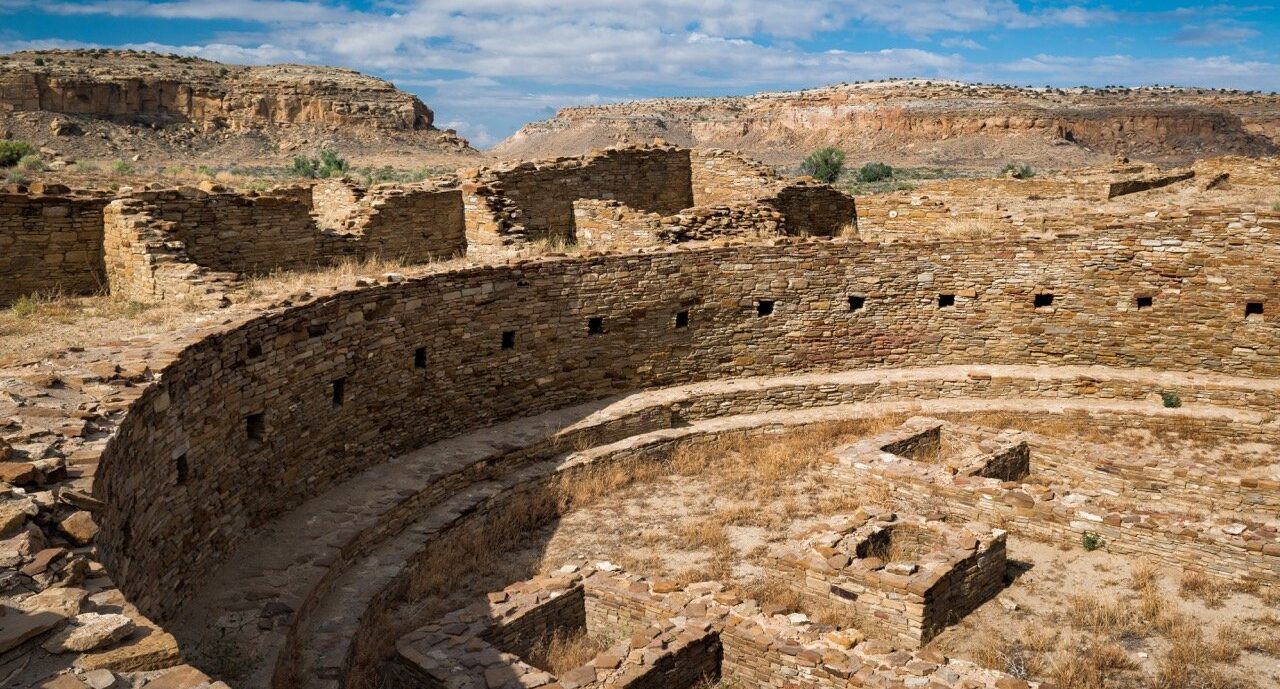
National Park: Chaco Culture National Park
State: New Mexico
Dates: Spring and Fall Equinox
Witnessing a once-in-a-year celestial event like an equinox sunset, is an otherwordly experience, one that leaves us humbled and awestruck. The Chacoans, ancient ancestors of the Pueblo people in New Mexico, held great respect for astronomical events and were considered expert skywatchers. Having once lived in an arid and secluded community in Chaco Canyon, they were skilled architects and built intricate rooms in their pueblos called “kivas”. Round and subterranean, kivas were not only gathering spaces, but ceremonial rooms built to track lunar and solar events. The largest and most impressive kiva is in Casa Rinconada.
Every spring and fall equinox, due the kiva’s two doors open precisely on the north-south axis, the sunrise aligns directly in the center of the doors, offering a breathtaking sight for those who rise early enough and know exactly where to catch it.
Itinerary Inspiration: Luxury Winter Road Trip Through the Southwest
Catch Sight Of The Northern Lights From The Arctic Circle
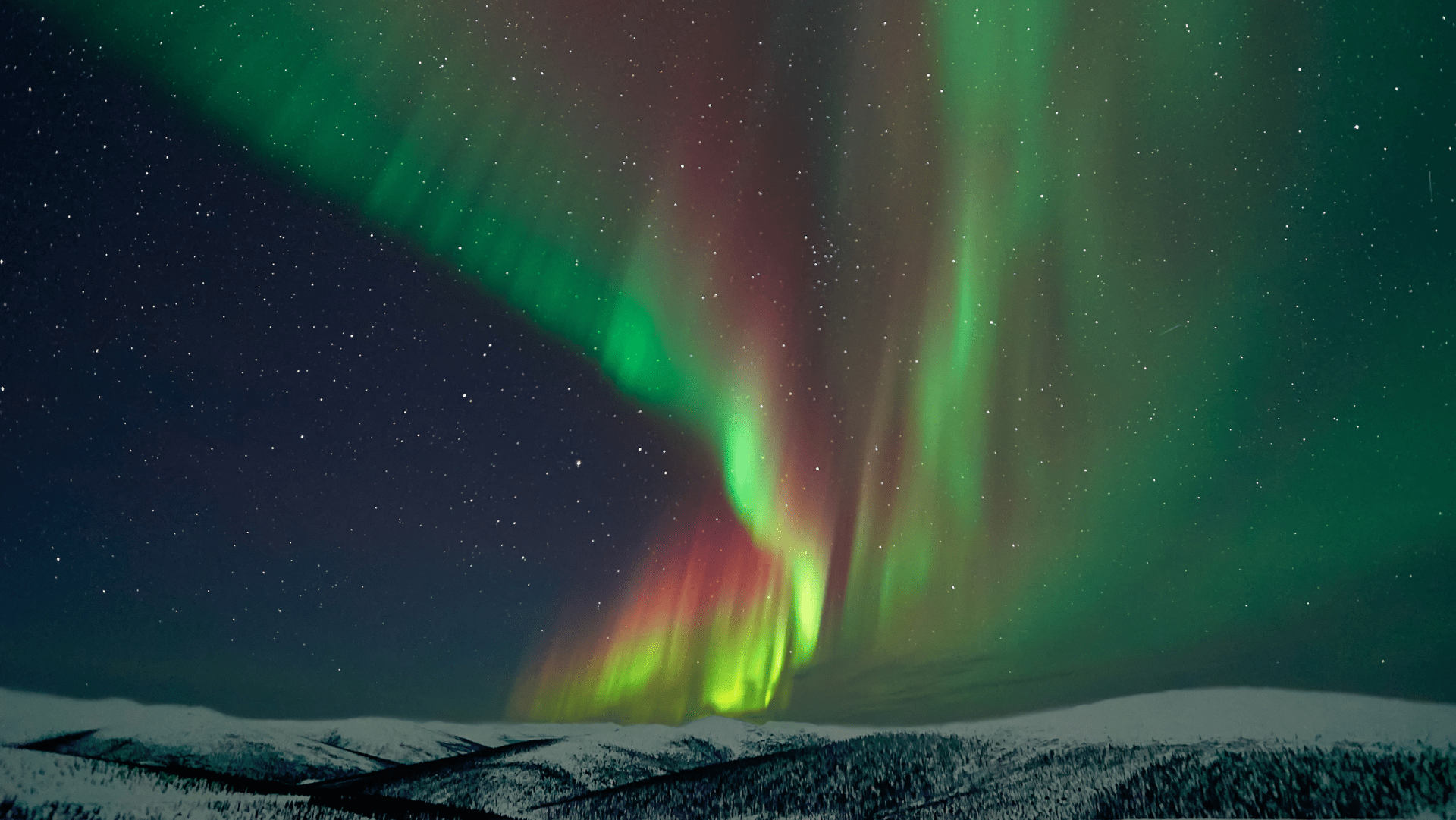
National Park: Denali National Park
State: Alaska
Dates: Between August and April
Extremely rare and elusive, catching a glimpse of the Northern Lights has been a dream of travelers for centuries. Not for the faint of heart, the Northern Lights are typically only seen above 60 degrees latitude, mainly in Canada, Norway, Sweden, Finland, Russia and Alaska.
The best time to have a chance to see this phenomenon in Alaska is in winter, accurately named Aurora Season, when the nights are longer and darker. Although the green and blue lights could appear at any time during the night, those who want a chance at seeing them dance across the sky must aim for between 10pm and 2am. From ideally located accommodation to professional photography guides, All Roads North can make sure you make the most of your time in Alaska witnessing this rare occurence.
Itinerary Inspiration: Luxury Alaska Adventures on the Kenai Peninsula
Photograph The Bisected Sunset at The Washington Monument
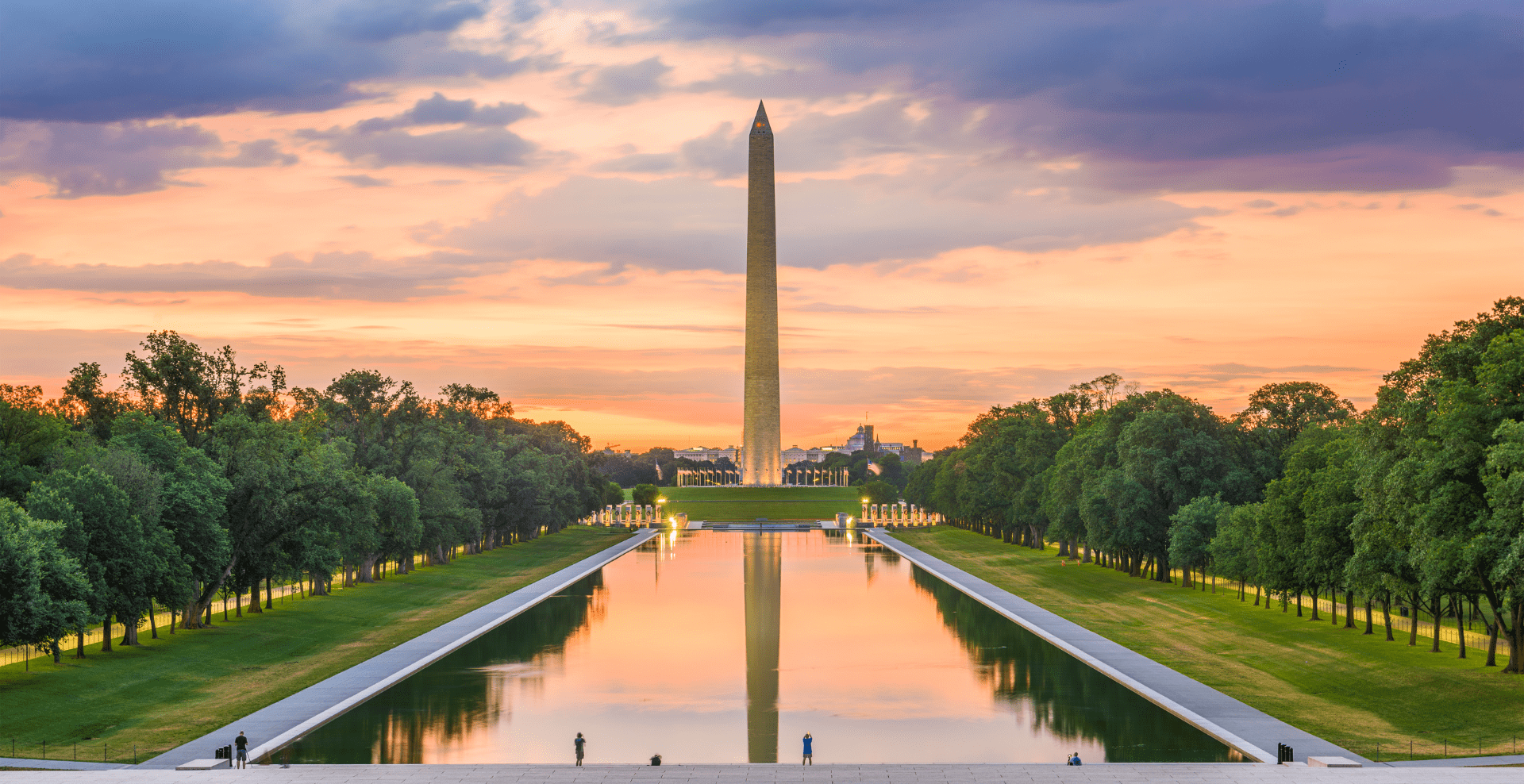
National Park: National Mall & Arlington Ridge Park
State: Washington D.C.
Dates: Spring and Fall Equinox
The Washington Monument, is a 555-foot marble obelisk built in honor of George Washington, and is known as a towering presence over the National Mall in Washington D.C. The Netherlands Carillon, on the other hand, is a 130 foot bell tower settled on a ridge in Arlington, Virginia, overlooking the National Mall. Surrounded by fields of wildflowers, the carillon was a gift in honor of the relationship between The Netherlands and the United States.
Twice a year, during the weeks of the spring and fall equinoxes, the sunrise aligns perfectly with the east-to-west arrangement of the Mall, providing a stunning view of the sun directly bisecting the Washington Monument. The best place to catch this rare sight is in the gardens of the Netherlands Carillon. Photographers who stake out the perfect spot in the gardens, and rise early enough, come away with photos resembling something from another world.
Itinerary Inspiration: Festive Family Adventures in New York, Washington D.C., Aspen and L.A.
